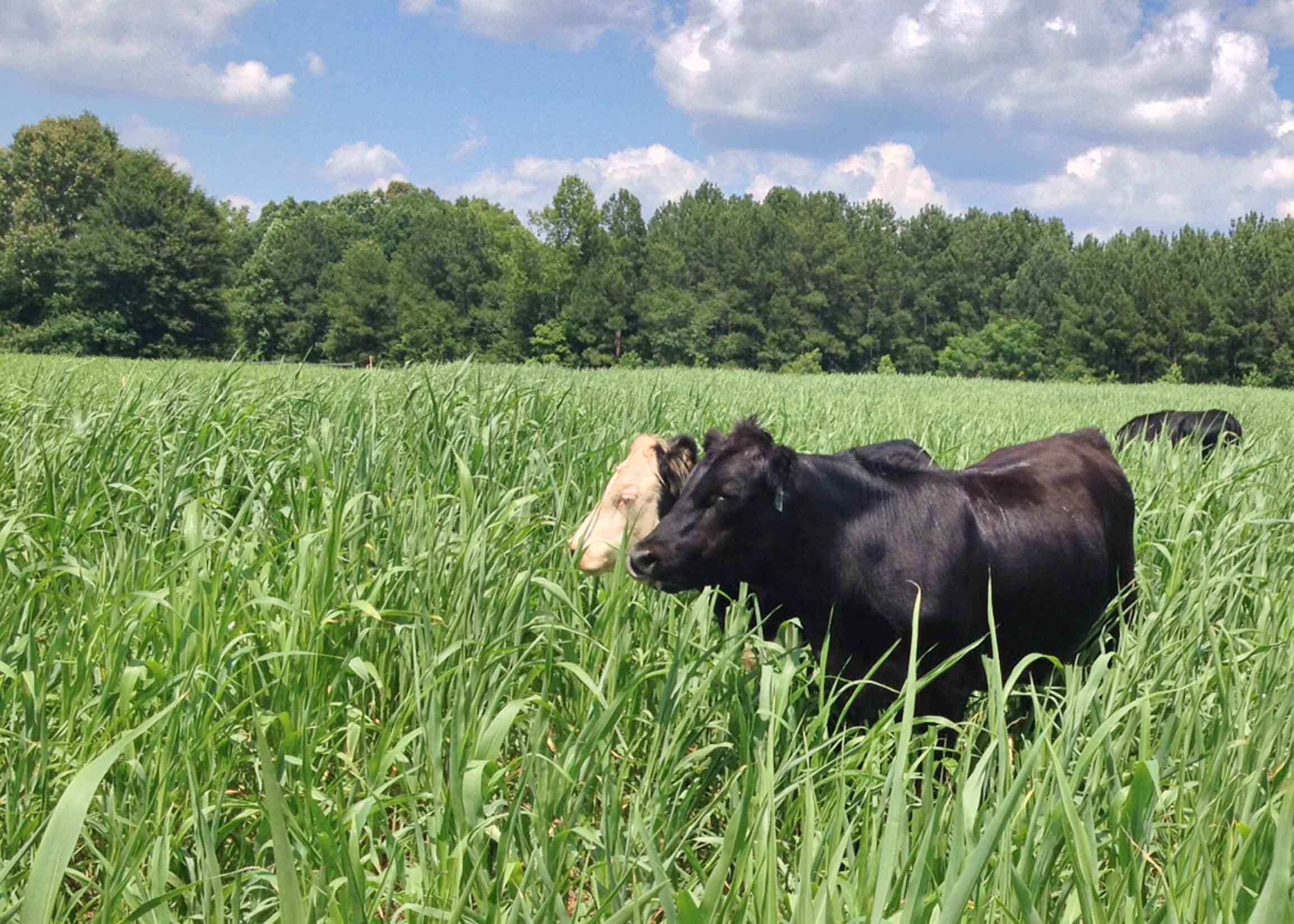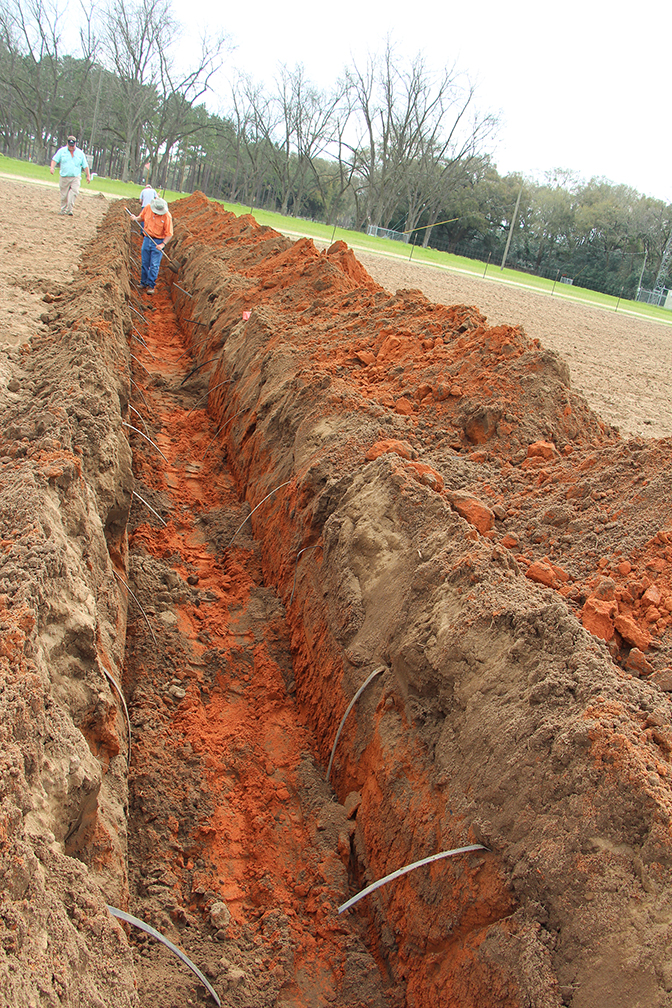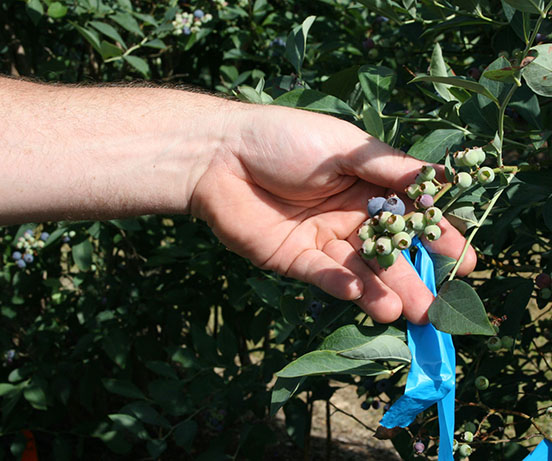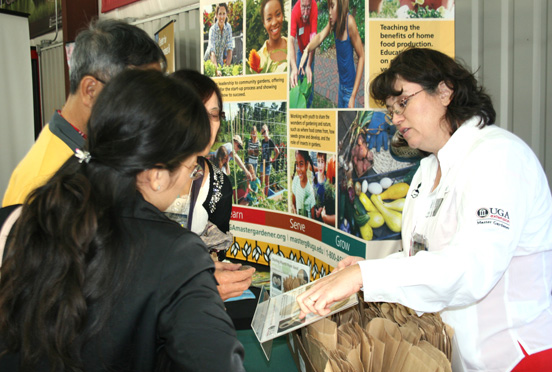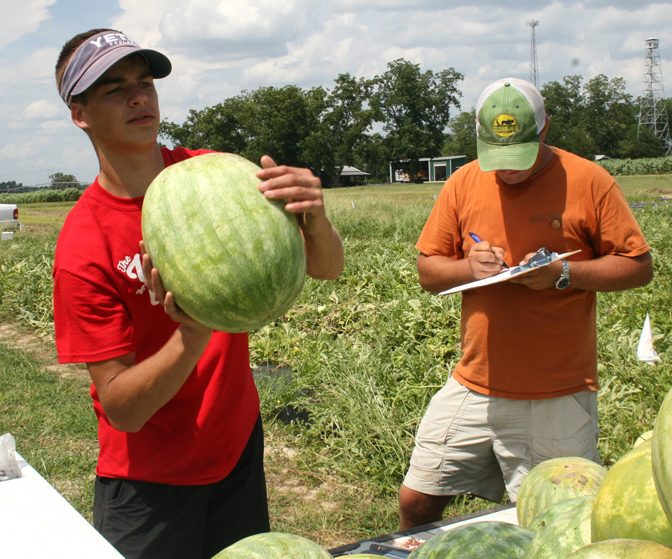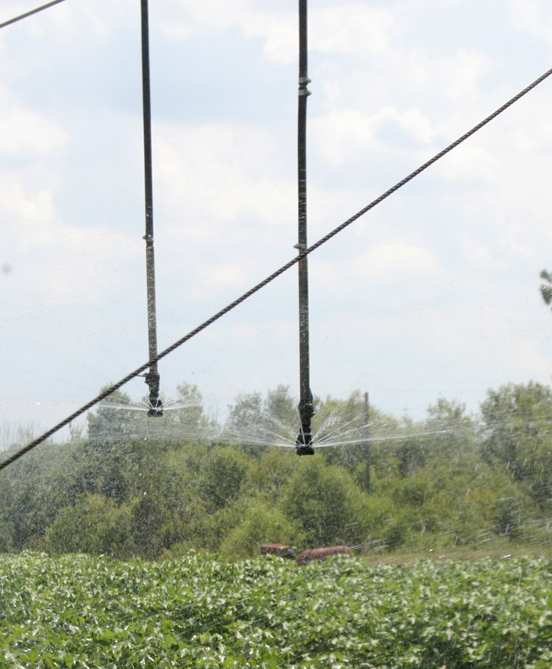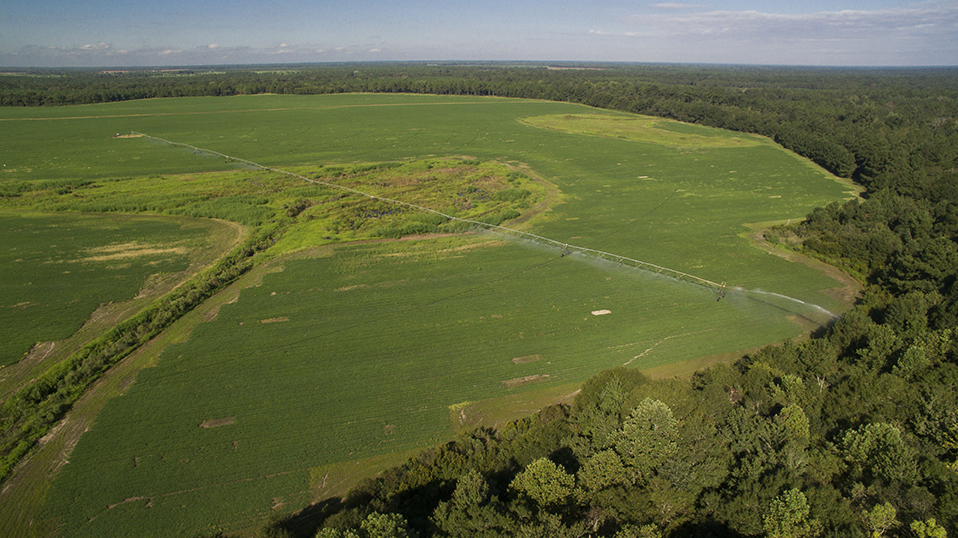 CAES News
CAES News
Variable Rate Irrigation
The combination of soil moisture sensors and variable rate irrigation (VRI) may help some Georgia farmers increase their yields while decreasing their water usage, according to an ongoing study by University of Georgia precision agriculture specialist George Vellidis and irrigation specialist Wes Porter.

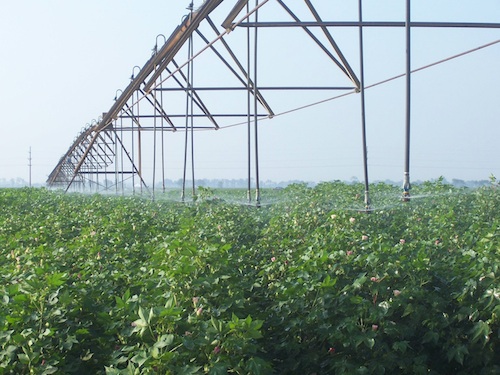
.jpg)
